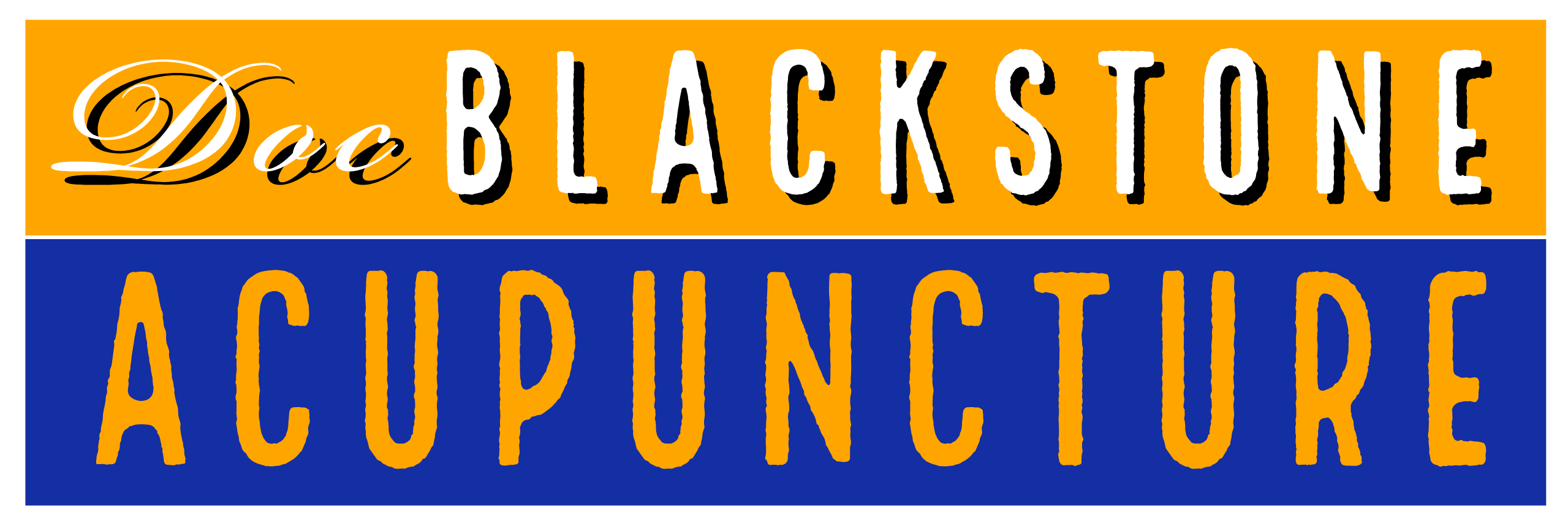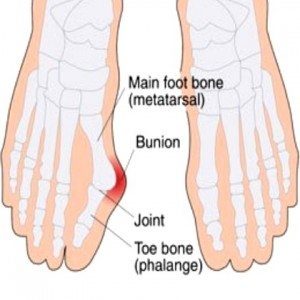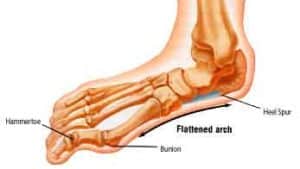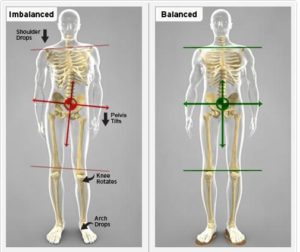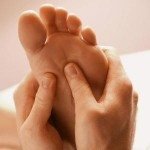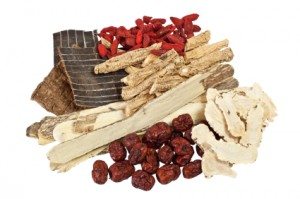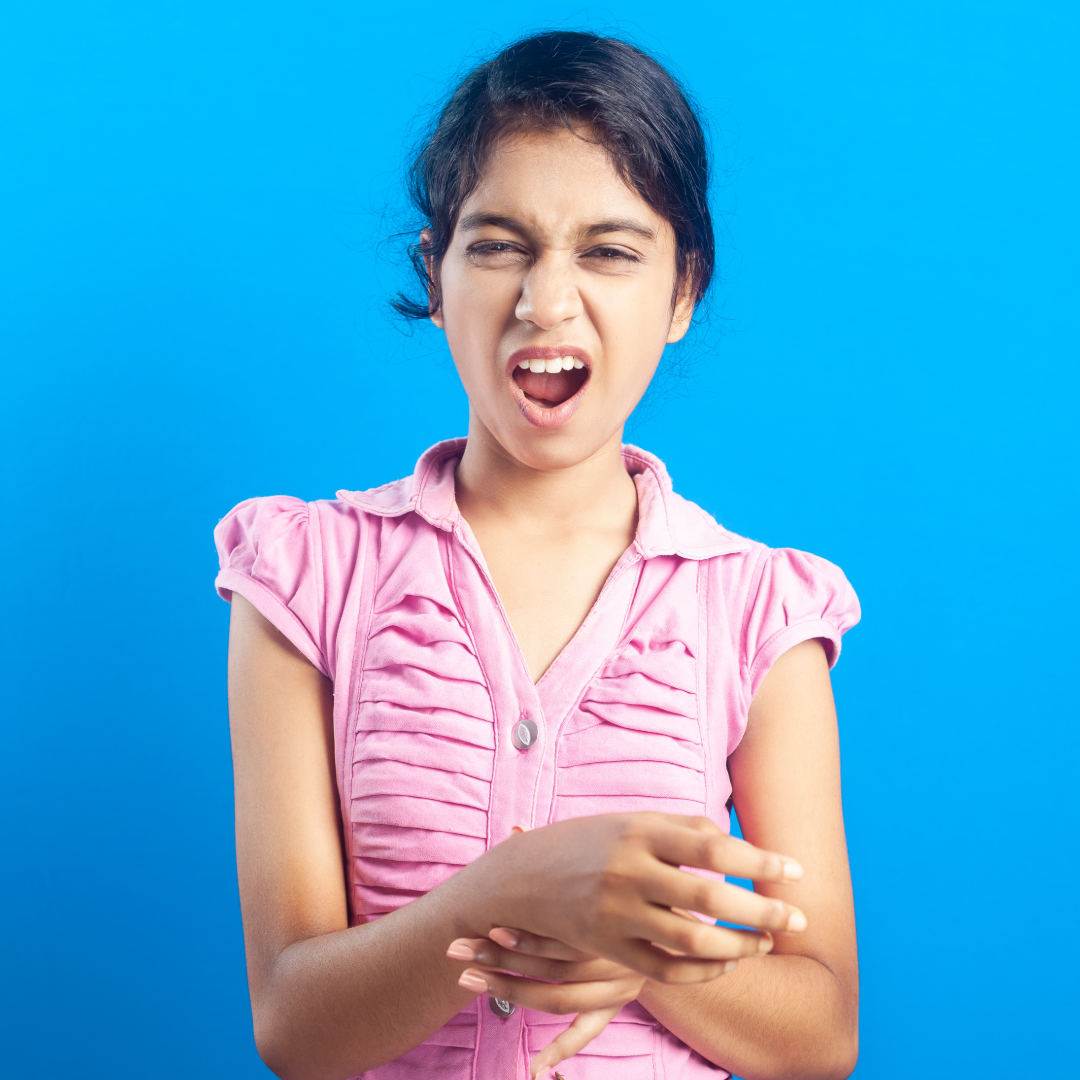More About Bunions!
I have received many e-mails about my bunion blog with questions about how to circumvent the combined procedures I recommend to properly address bunions. Look at it this way. You wouldn’t ask a brain surgeon to eliminate important procedures to save time or cut costs, would you?
Temporary pain relief can be gained by following one or another of my recommendations but, I’d like to explain in more detail the vital importance of each as part of a combined therapy.
First, let’s review. A bunion is a deformity characterized by lateral deviation of the great toe, often erroneously described as an enlargement of bone or tissue around the joint at the head of the big toe (metatarso-phalangeal joint).
There is disagreement among medical professionals about the cause of bunions; some see them as primarily caused by the long-term use of shoes, particularly tight-fitting shoes with pointed toes, while others believe that the problem stems from genetic factors that are exacerbated by simply wearing shoes.
People from cultures that do not wear shoes do not get bunions!
How Bunions Occur From a Chinese Medical Perspective
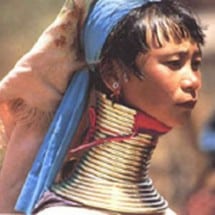
As the toes spread out they become “molded” by the shoes in a process that occurs slowly over time.
The lack of circulation and irritation in the local area from walking in shoes that no longer fit properly results in a “bunion”.
The “bump” itself is partly due to the inflamed and swollen bursa. The largest part of the bump is the distal head of the first metatarsal bone where it joins with the proximal phalange which has been projected laterally to cause its protrusion. In cases where poor systemic blood circulation is an issue, mineral deposits can form in the area enlarging the joint and lending to stiffness and persistent pain. Similar deposits often occur in other joints of the hands or feet. Left without treatment this situation can cause the joint(s) to become immobile. The described deformity of the foot can occur over such a long period of time that it is not noticeable until it is causing intense and frequent pain. At that point, it is imperative to obtain properly fitting shoes.
One function of the Spleen in Chinese Medicine is to nourish the muscle and tissues that “hold things up and in place”. In these terms, it means that the Spleen is responsible for preventing the weakness of muscle and tissues that cause typically result in hernias, hemorrhoids, prolapsed uterus or bladder, rectal prolapse and varicose veins. So, if you have bunions you may have an imbalance that can cause other problems. Some of the symptoms of Spleen Qi Deficiency might include extreme sleepiness after meals, heaviness and lethargy, easy bruising, loose stools, a gassy and bloated feeling after eating, other digestive problems.
Often Spleen Qi Deficiency is seen in combination with an imbalance specifically related to a deficiency of the Kidneys. So, it is not uncommon for bunions to accompany kidney stones or diabetes.
What’s the worst that can happen?
When standing, the feet support the weight of the entire body and act as the foundation for other structures. The body is a living structure. As such, it will adjust in the attempt to compensate for structural deficiencies.
When a building starts crumbling at its foundation the rest of the building will follow suit. But, the damage is not confined to only the area where the foundation caves in. The visible damage spreads to the ceiling and walls of various parts of the house because the beams and other support structures connected to the foundation shift. Over time, a similar reaction can occur in the human body.
How Chinese Medicine Addresses Bunions (or any other ailment)
Chinese Medicine considers the body as a functioning whole; not individual parts. All areas must be addressed with equal importance to achieve the most desirable effect. My initial recommendations for effective treatment of bunions were made with this in mind.
My Personal Therapeutic Recommendations for Bunions
This combination of therapies is what I recommend because I’ve tried other ways and this is what I’ve found to be the most effective therapy for bunions… so far.

Moxa in stick form is applied to the Spleen meridian of both feet and ankles for up to an hour paying extra attention to an acupuncture point known as Spleen 3. Moxa is one of the best therapies for bunions. Its warming action “activates” the Spleen meridian and restores flexibility to tendons. The heat promotes the movement of stagnant Blood and Qi away from the area allowing fresh Qi and Blood to revitalize the local area and stimulate the anatomic Spleen.
Asian Bodywork Therapy
In combination with other therapies, expert manual manipulation serves to restore proper circulation and placement of the toes while improving flexibility and range of motion. Certain techniques can be employed to separate muscle fibers to permit nourishing fluids to permeate areas where blood flow has become restricted due to poor circulation. Cumulative deposits of minerals which may impede movement and cause sharp pain can be located easily, gently disintegrated and reincorporated into the circulatory system and properly eliminated with the help of recommended adjunct therapies. Only a trained professional can reposition the toes and facilitate proper movement without causing injury.
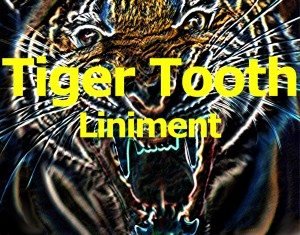
I abundantly recommend application of one of my specially formulated liniments (Tiger Tooth) to strongly move Qi and Blood to reduce the pain and inflammation of bunions. This particular liniment works immediately to alleviate pain. Prolonged and proper use has profound healing effects for any injury. Formulas with similar properties are mentioned on the internet in many articles. They do not work nearly as well.
Diet and Internal herbs
Cold foods, raw foods and processed sugar are really, really bad for the Spleen. Bu Zhong Yi Qi Wan is the traditional base formula administered to nourish the Spleen in the event body structures are “sagging” or out of place due to lack of nutrition being provided to the muscles. Modifications to this formula can be made by a knowledgeable herbalist to address the specific health needs of any individual. Increasing the daily intake of water assists in removing mineral deposits built up in the affected joints.
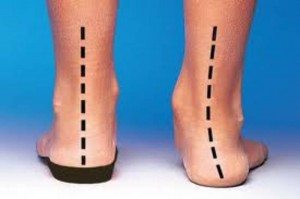
A pedorthist can determine if other deformities are prevalent and provide appropriate foot care advice.
“Certified Pedorthist” is the title of a specialist educated in the use of footwear and supportive devices to address conditions which affect the feet and lower limbs. They are trained in the assessment of lower limb anatomy and bio-mechanics, and the appropriate use of corrective footwear including shoes, shoe modifications, foot orthotics and other pedorthic devices. There is absolutely no need to waste hundreds of dollars on ugly shoes and “off-the-shelf” orthotics. Many “off-the-shelf” orthotic products may suit your needs and your budget but, it’s best to have a professional make that determination. In the United States, there are a number of states requiring professional licensure. See the State Licensure Map.
